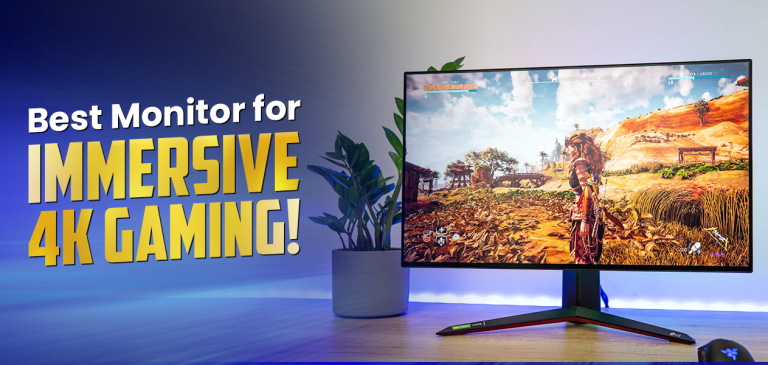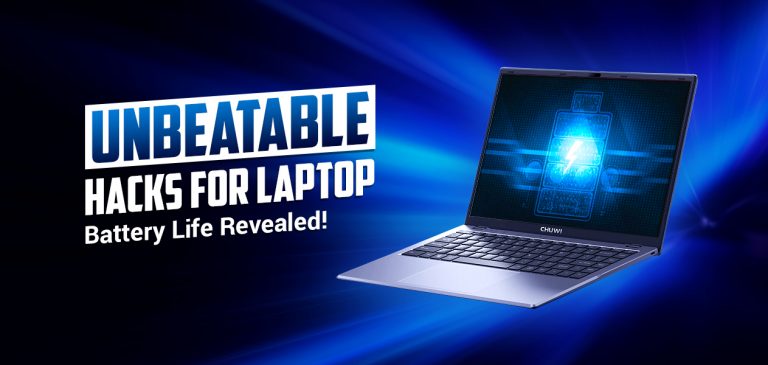Why Choose an M.2 SSD Over a SATA SSD?
Gone are the days when computers were solely working on Hard Disk Drives. Nowadays, due to the internet, Hard Disks alone can’t bear the power of processing complex operations.
Thus, now we have SSDs for quick operations and extended storage. Still, there is a question of which SSD – M.2 or SATA you should opt for.
SATA SSDs are relatively older than M.2 SSDs. They brought a significant hop over HDDs, but as time passed and technology evolved, the M.2 SSD leveraging NVMe (non-volatile memory express) came in as a replacement for SATA SSDs.
Let’s dive deep into M.2 vs SSD while covering significant aspects like speed, form factor, power, and other features to determine the best out of the two.
The Rise of M.2 SSD

When discussing M.2 SSDs, we specifically talk about form factor. They are long and thin and look like ruler scales. These form factors are ideal for lightweight systems like laptops, Chromebooks, and gaming consoles. Additionally, they are straightforward to install; just plug it into the motherboard, fix it with a screw, and that’s it.
On the other hand, SATA actually refers to the storage interface. These come in various form factors, most commonly the 2.5-inch ones, which usually resemble a hard disk drive but are light and thinner than an HDD.
The primary difference between SATA SSD and M.2 SSD is the performance, protocol, or language the SSD speaks. The M.2 Spec was designed to accommodate SATA and PCIe storage interfaces for SSDs. It currently uses the same controller on a standard 2.5-inch SATA SSD.
A 256GB SATA-based SSD and 8 GB RAM are enough to store all your valueable games and data. Well, let’s see how performance varies between the two.
-
Speed
The most important reason why M.2 is rated higher than SATA is its speed. The SATA interface has a speed of around 550 MB/s for read and write operations, which is relatively faster compared to an HDD, so certainly, M.2 SSDs are far quicker than SATA SSDs. Additionally, M.2 has low Latency, which boosts system speed and performance and reduces data access time.

-
Form-Factor
M.2 SSDs are more compact and sleek than SATA SSDs. As mentioned earlier, these SSDs look like rulers or chewing gum and are also easy to install onto the motherboard. Being slim and compact eases out their fit in small systems lacking space and finding it hard to maintain the airflow.
-
No Cable Hassle
The direct connection of M.2 SSDs without the need for a cable aids in keeping the inside of a system clean and maintaining good air circulation. On the other hand, SATA SSD uses a cable that is, again, not health-effective.
-
Power Efficient
Power efficiency is often overlooked when looking for an SSD. In this aspect, the M.2 SSDs are also more power-efficient than SATA SSDs. Being power-efficient extends a laptop’s battery life and ensures a smooth and brisk computing environment.
-
Advanced Security and Encryption
The M.2 SSDs leveraging NVMs have advanced Security features and hardware-based encryption. It comes with TCG Opal and AES encryption features. These special features aid in handling sensitive data and blocking unauthorized access. It provides a layer of protection, always guarding a user’s confidential information.
-
Improved Longevity
SATA SSD vs. M.2 SSD is highly weighted in favor of M.2 SSD, and the improved longevity factor further increases its prominence. The improved error correction algorithms, wear leveling, and NAND technology contribute to faster processing and longer lifespan.
Is SATA SSD a no competition to M.2 SSD?

It is always the case that there are some negative points of even the best thing you can find around you. The M.2 SSD is no doubt highly superior to other SSDs available on the market, but there are some cons you should be familiar with.
-
Isn’t Cost-effective
Compared to a SATA SSD, an M.2 SSD is expensive. Though it is worth the rates, it is certainly a limitation for those with a low budget.
-
System Compatibility
M.2 SSD slots aren’t there on every motherboard. So, systems with required motherboards are only compatible with M.2 SSDs.
Moreover, sometimes, it requires a few BIOS updates during installation, which can also be a bit annoying.
-
Heating Issues
M.2 SSDs may even heat up sometimes due to high-speed data transmission. The occasional heat-ups can significantly lower M.2 SSD’s performance, especially when inadequate airflow is not provided within the systems.
M.2 SSD is not just a hype but a real competition to SATA SSD. However, it has its impact. It isn’t costly, nor does it have a compatibility issue. It is connected through a cable and requires no special slot, so it is more compatible with M.2 SSDs. Additionally, it is quite easy to install and doesn’t require special BIOS updates. So, both of these drives are impactful; M.2 is far more advanced than SATA SSD.
The End
The M.2 vs. SATA SSD is substantially inclined towards the M.2 SSD, and why shouldn’t it be, considering the advanced technological features it comes integrated with?
Everyday obstacles of poor speed and performance will no longer exist while you are gaming or carrying out any other formal or informal activity. You no longer miss a deadline for a project and won’t face interruptions while playing a game with an M.2 SSD installed on it.






